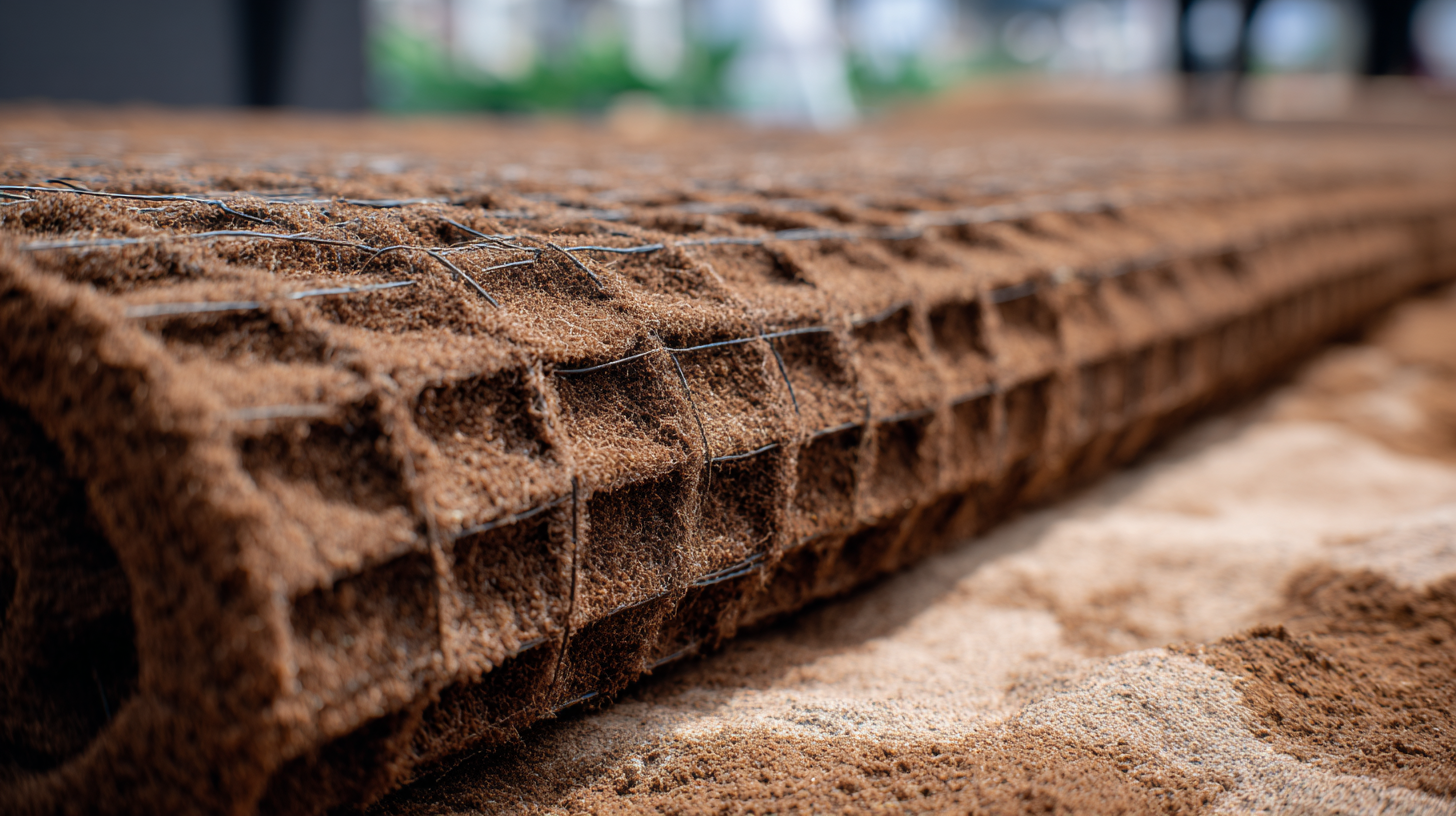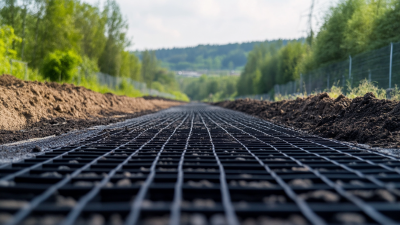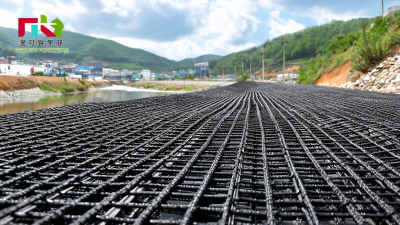Inquiry
Form loading...
- Phone
- E-mail
As the global construction sector continues to emphasize sustainability and durability, the role of innovative materials like Soil Reinforcement Geogrids is increasingly recognized. With the upcoming 2025 China Import and Export Fair, industry experts predict that the market for geosynthetics, including geogrids, will reach approximately USD 9 billion by 2025, driven by a growing demand for infrastructure development and soil stabilization solutions. According to a recent report by Grand View Research, the soil reinforcement segment is expected to witness significant growth, attributed to rising investments in civil engineering projects across Asia-Pacific. This trend underscores the importance of showcasing advanced geosynthetic technologies at major trade events, which serve as vital platforms for knowledge exchange and market expansion. The integration of Soil Reinforcement Geogrids can enhance project longevity and reduce maintenance costs, making them essential in the modern construction landscape.
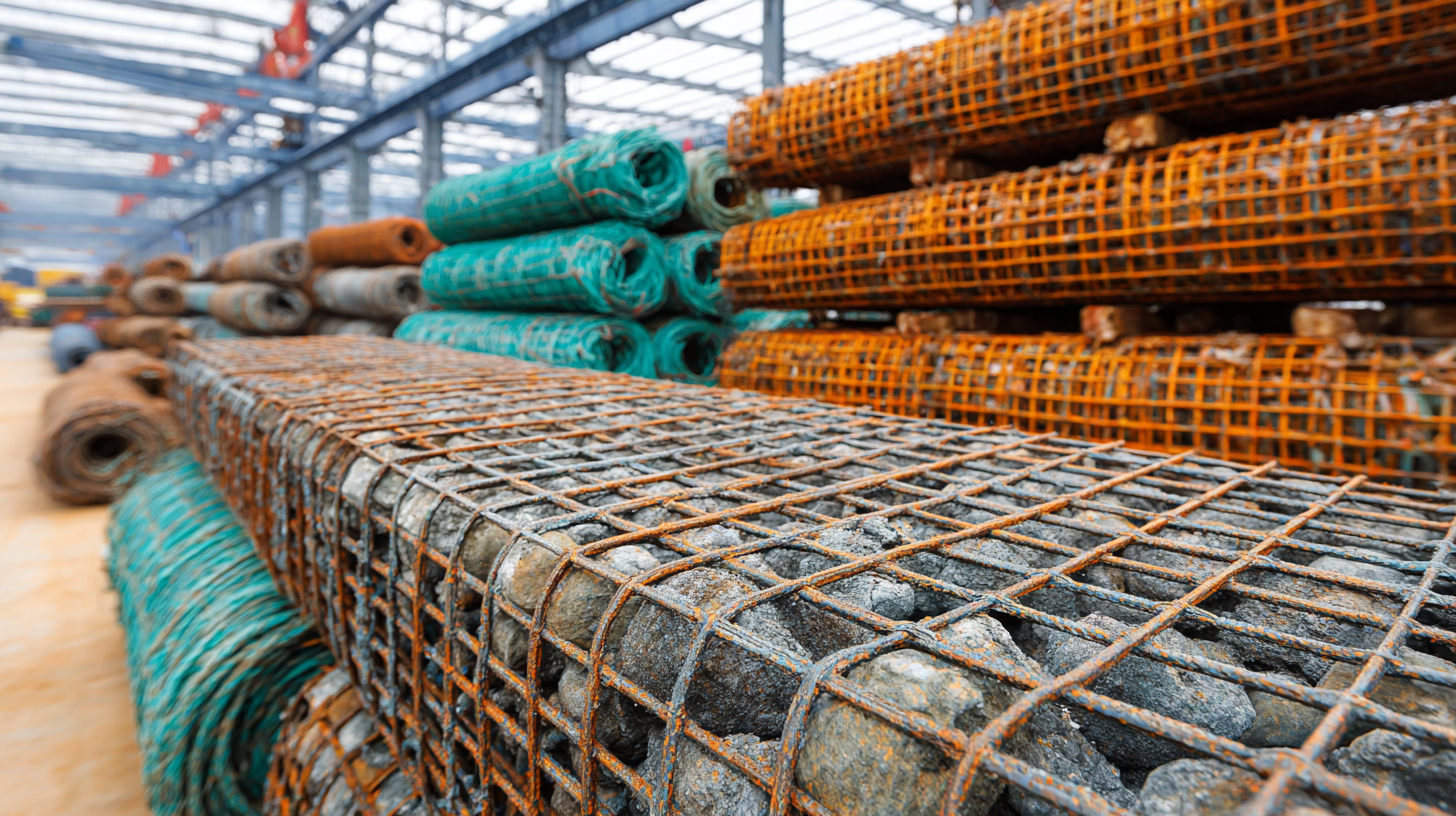
The implementation of soil reinforcement geogrids has been gaining traction in infrastructure projects, particularly in the context of urban development and transportation. These innovative materials enhance the stability and load-bearing capacity of soil, making them essential in projects that require strong foundational support. In 2025, several infrastructure initiatives across China are expected to leverage geogrid technology, ultimately leading to more resilient structures capable of withstanding significant environmental stressors.
At the 2025 China Import and Export Fair, industry leaders will showcase the latest advancements in soil reinforcement geogrids and discuss their implications for infrastructure. As cities continue to expand, the demand for improved soil stabilization methods is paramount. Geogrids provide not only structural support but also an eco-friendly solution to erosion control and soil degradation. By incorporating geogrids into civil engineering designs, project managers can ensure safety, reduce maintenance costs, and promote sustainable development practices, aligning with China's broader objectives for green infrastructure.
The construction sector in China is witnessing a growing demand for advanced geogrid solutions, particularly in the realm of soil reinforcement. This trend is largely driven by the increasing focus on sustainable practices and innovative technologies in construction. According to industry reports, the Chinese geogrid market is projected to grow at a CAGR of over 8% from 2023 to 2030. This growth is fueled by the extensive use of geogrids in landfill projects, where they play a crucial role in waste containment and environmental protection.
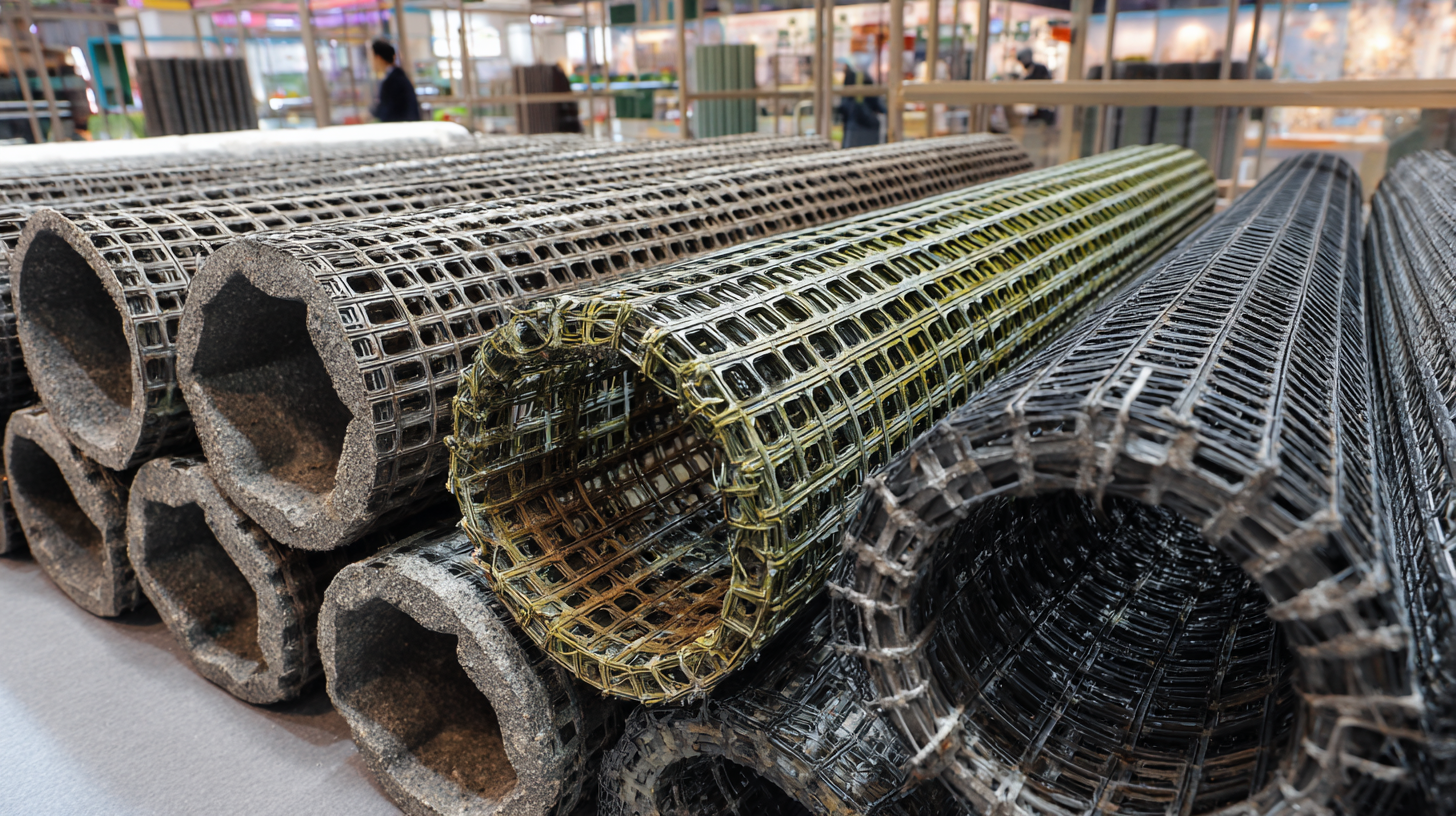 Tips: When considering soil reinforcement methods, it is essential to evaluate the specific requirements of your project, such as soil type and load-bearing capacity. Proper selection of geogrid type can significantly enhance the performance and longevity of the construction.
Tips: When considering soil reinforcement methods, it is essential to evaluate the specific requirements of your project, such as soil type and load-bearing capacity. Proper selection of geogrid type can significantly enhance the performance and longevity of the construction.
The environmental and waste management sectors are pivotal in propelling the geotextile market forward. As regulations become stricter and the public demand for efficient waste management increases, the use of geogrids in landfill engineering becomes an indispensable element for both mitigating environmental impact and ensuring structural integrity. Recent studies indicate that the integration of advanced geogrid solutions can reduce settlement by up to 30%, underscoring their importance in modern construction practices.
Tips: Always ensure that the geogrids comply with local regulations and environmental standards. Consulting with industry experts can provide valuable insights into the best practices for implementation in your specific project.
Geogrids have emerged as pivotal elements in enhancing soil reinforcement within construction projects, particularly in challenging environments. A recent study by MarketsandMarkets projected that the global geogrid market will reach USD 3.8 billion by 2025, demonstrating a CAGR of 13.6% from 2020 to 2025. This growth underscores the increasing recognition of geogrids in improving soil stability and load distribution in various applications, from road construction to retaining walls.
Several notable case studies illustrate the innovative applications of geogrids in recent construction projects. For instance, during the construction of a highway in China, the implementation of biaxial geogrids resulted in a 30% reduction in earthwork costs while significantly improving the load-bearing capacity of the subgrade. Furthermore, a project in Europe utilized uniaxial geogrids to enhance the performance of a retaining wall, allowing for a more compact design that saved on space and materials. These instances highlight the effectiveness of geogrids not only in improving structural integrity but also in offering economical solutions that align with modern sustainable construction practices.
The comparative analysis of geogrid performance metrics reveals significant differences in the effectiveness of various soil reinforcement solutions. With a focus on tensile strength, elasticity, and durability, researchers have examined several types of geogrids to determine their suitability for diverse soil conditions. The results indicate that certain geogrids outperform others in terms of load distribution and soil stabilization, leading to improved overall project outcomes.
Moreover, performance metrics such as installation ease and long-term sustainability have become essential criteria in evaluating geogrid options. The findings highlight the importance of selecting the appropriate geogrid based on specific environmental and engineering challenges. As the 2025 China Import and Export Fair serves as a platform for industry innovation, the insights gained from this comparative analysis can guide manufacturers in developing advanced geogrid products tailored to meet the evolving needs of construction and civil engineering applications.
As the 2025 China Import and Export Fair approaches, the role of geogrids in soil reinforcement is becoming increasingly critical, particularly within the context of China’s infrastructure expansion. The regulatory landscape is evolving, with a noticeable shift towards integrating advanced materials that align with the country’s sustainability goals. The demand for high-performance geogrids is expected to surge as infrastructure projects emphasize durability and resilience, ensuring they can withstand the challenges posed by climate change and urbanization.
Looking ahead, the market for geogrids in China is set to grow, driven by both governmental support and private sector innovation. Future trends indicate a clear transition towards eco-friendly solutions, spurred by regulations promoting green technologies. Governments may prioritize geogrid applications that not only enhance structural integrity but also minimize environmental impact, creating a symbiotic relationship between infrastructure development and ecological preservation. This focus positions geogrids at the forefront of modern engineering, signifying a shift towards smarter, more sustainable construction practices in China.
